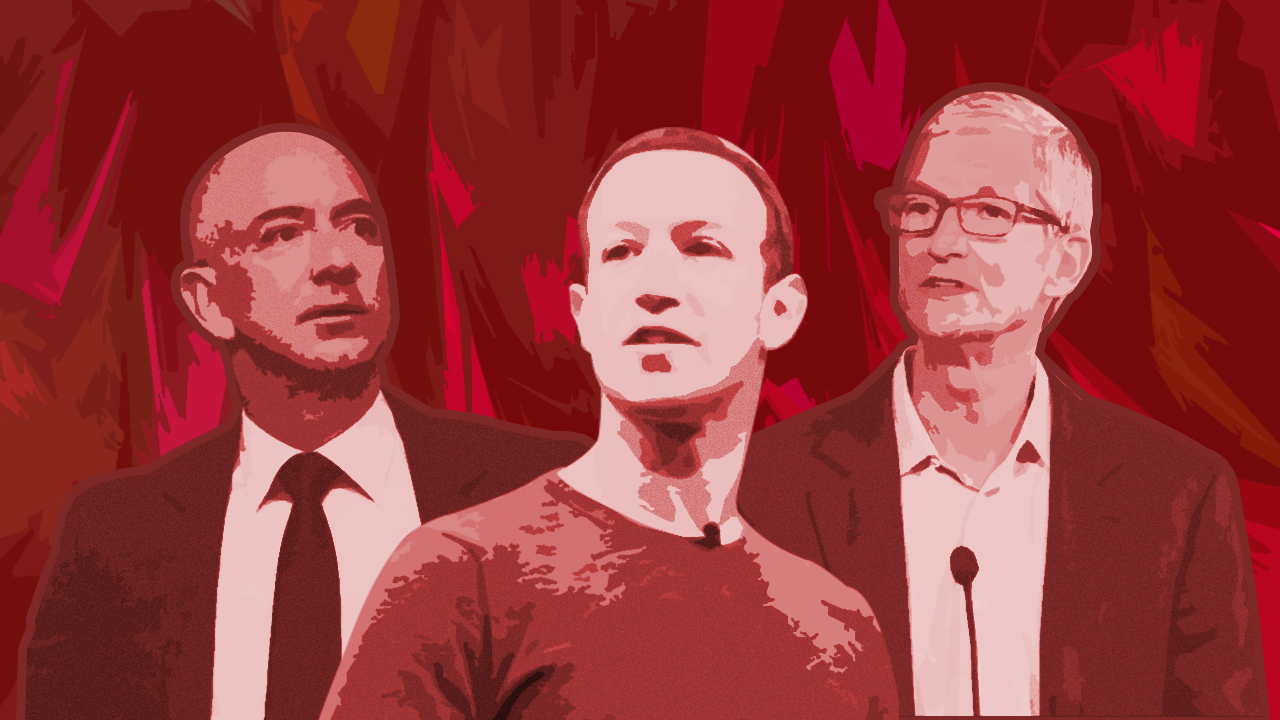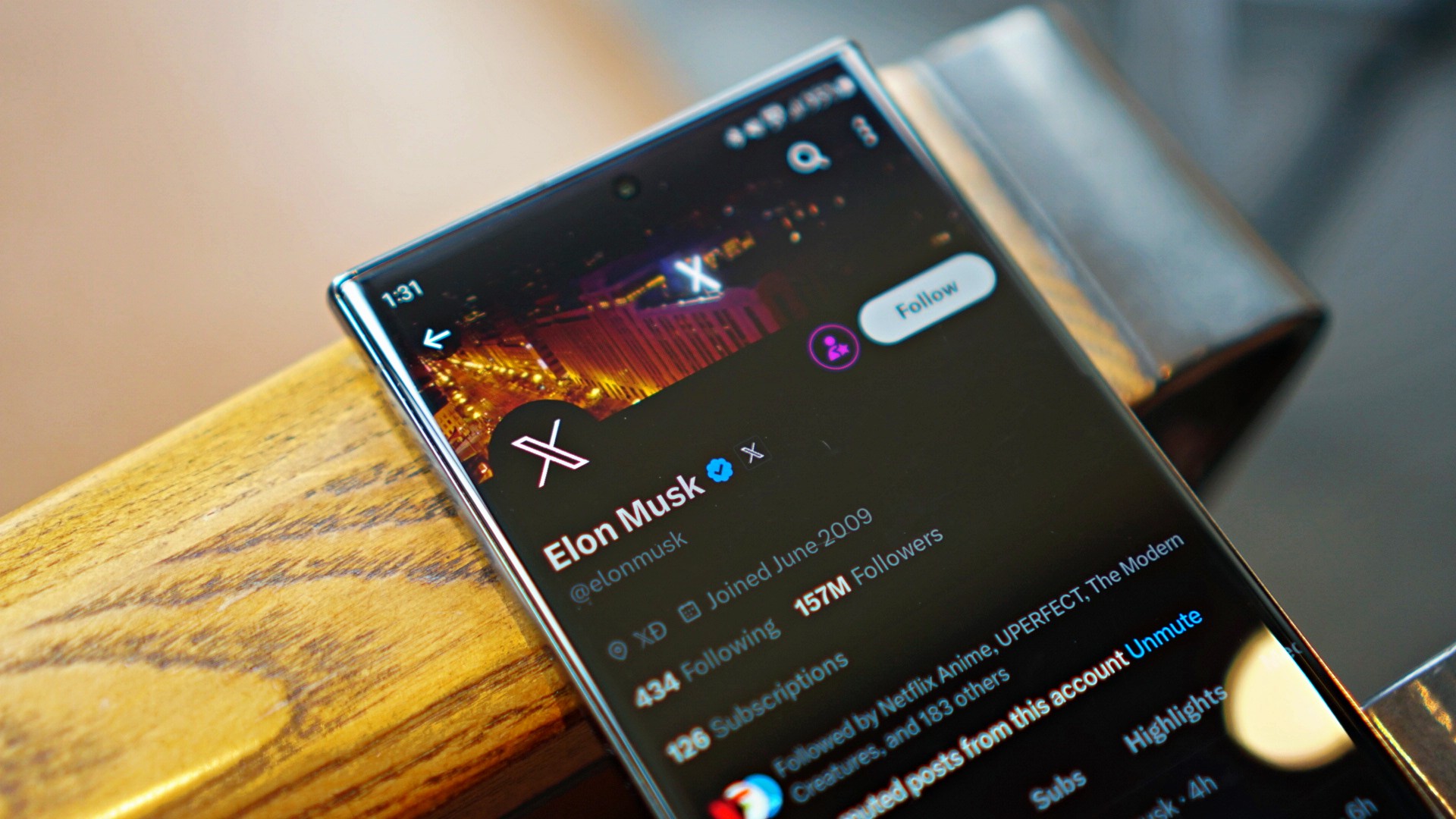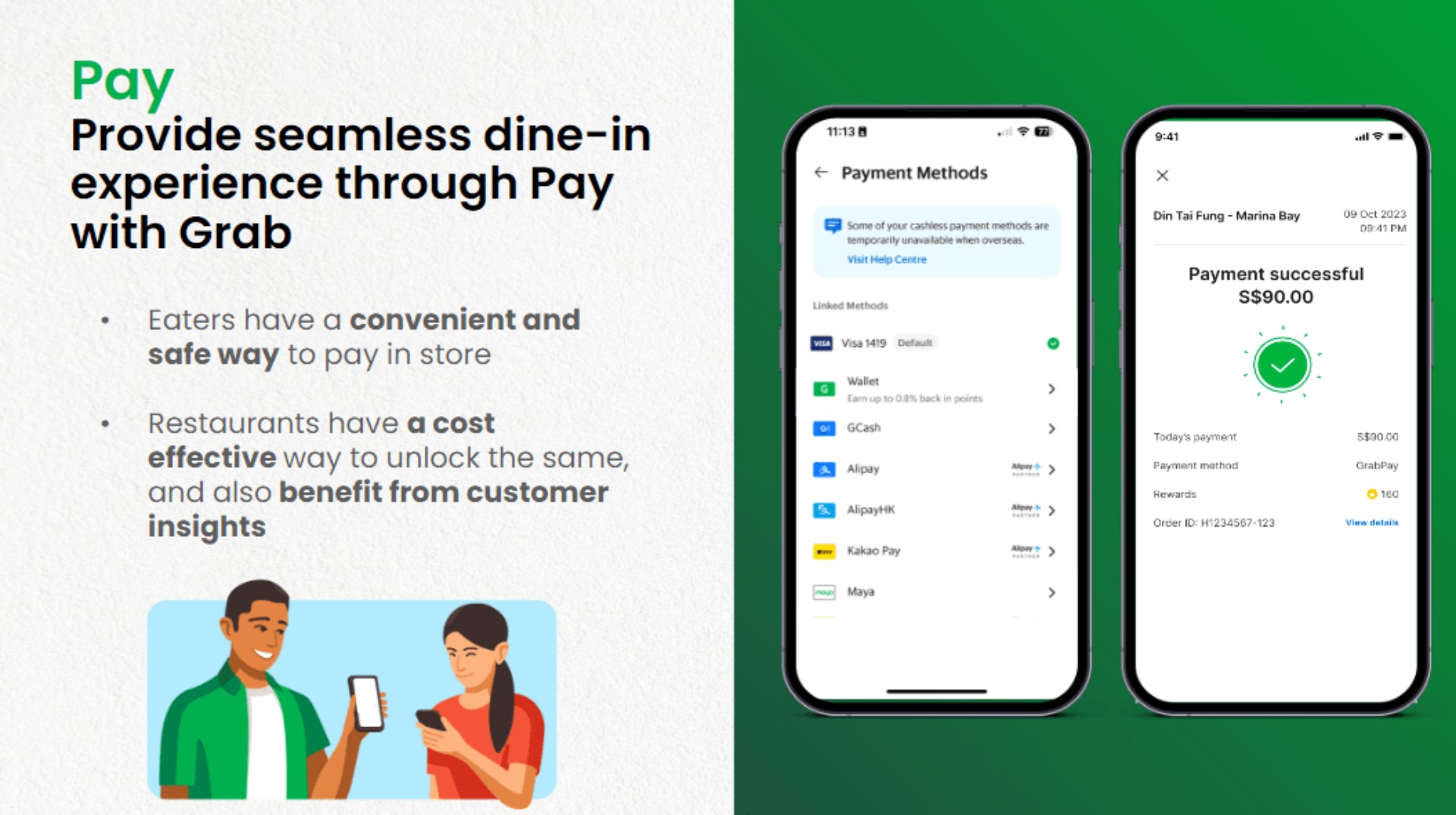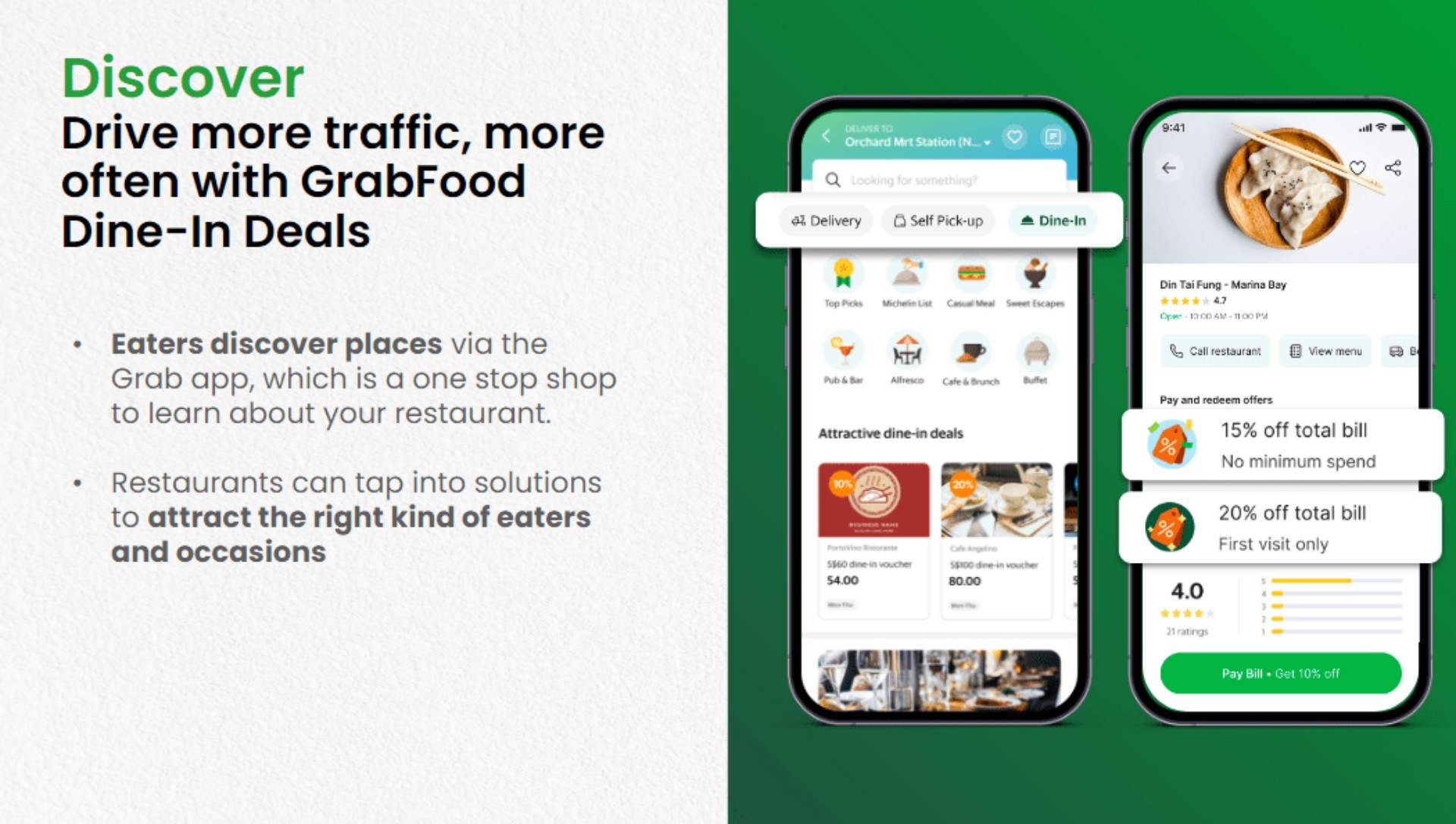Apps
Big tech companies abused their market position – US antitrust subcommittee report
Amazon, Google, Apple, and Facebook effectively monopolized key market segments

Last year, the US Senate Committee on the Judiciary initiated an investigation into the supposed monopoly of “big tech” companies. These big tech companies include Amazon, Apple, Facebook, and Google. The investigation reached a climax this year, with CEOs of these companies attending highly-publicized hearings regarding their companies’ market standing.
Now, the investigation has wrapped up. The Subcommittee on Antitrust, Commercial, and Administrative Law recently released a report detailing the investigation. In the report, the subcommittee found out that big tech companies abused their market position through monopolies and aggressive market expansion.
SEE ALSO: Everything you need to know about the congressional big tech hearing, Part 1 | Part 2
Key takeaways
The subcommittee report revealed key problems regarding big tech’s common business practices. All companies were found to be acting as an “exclusive gatekeeper” on “key channel of distribution”. That is, these companies acted as monopolies on market segments of their own products. Furthermore, these companies “charged exorbitant fees, imposed oppressive contract terms, and extracted valuable data” from individuals and businesses.
The subcommittee also found on its investigation that companies used their monopolies to maintain market position. Practices identified to maintain dominance include identifying key rivals, buying them, or copying their selling features.
The report also stated that these big tech companies are able to maintain further dominance by abusing their intermediary position. It even named the ways how the abuse was carried out: through “self-preferencing, predatory pricing, or exclusionary conduct”.
Further details about how each big tech companies abused their position were also included.
Internal communications obtained by the subcommittee reveals that Facebook used acquisitions to cut off potential startups and business threats. The report’s finding suggests that the company’s growing monopoly towards social networking created further internal divisions. In an obtained memo, it was revealed that the company is more concerned with the “rivalry” between its platforms, specifically Instagram.
In the end, the report noted that Facebook’s monopoly led to the deterioration of its platform over time. This led to the neglect of privacy protections and the eventual rise of misinformation, the report added.
For Google, its rise to dominance in search happened through a string of anti-competitive practices. Documents obtained by the subcommittee revealed that the company misappropriated content from third-party providers. When it became a monopoly, it injected search results with its own ads and content, effectively blurring the distinction between organic results and its own.
Other tactics used by the company to maintain dominance are exclusive contracts and diversification. For the former, the report noted how Google forced Android manufacturers to bundle their own apps and services as the default for users. For the latter, the company exploited market segments such as web browsers (Chrome), navigation (Maps), and internet-of-things (Cloud).
Lastly, it was concluded that Google used massive amounts of data from users to reinforce market dominance and capitalize further on its advertising revenue.
Amazon
For Amazon, the report noted that the company is now the dominant leader in the US for online shopping. Amazon’s dominance meant that small and medium businesses have no other alternatives for reaching out to online consumers. Over the years, the company also brought competitors to cut off any alternative online shopping outlets.
Worse, the subcommittee found that the company engaged in anti-competitive practices with its third-party sellers. Obtained internal documents showed how Amazon treated its partners as internal competitors. The company exploited its seller’s data to improve its own line of products — Amazon Basics.
The subcommittee further noted that Amazon has the potential for abusing the market segments where Alexa (voice assistance) and Amazon Web Services (cloud computing) operates.
Apple
The subcommittee concluded its overview of findings with a look at Apple’s tactics over the mobile market. The company exerts dominance over the mobile market and services, owing to the huge popularity of iOS and iPads. This dominance, the report notes, is apparent with the company’s leverage of the App Store in enforcing barriers and cutting off competition.
The maturation of hardware sales also moved Apple to increase sales of its own apps and services. This even compelled them to raise commissions and fees on the App Store, the report noted. Combined with absolute control over the App Store, the company effectively harmed consumers and businesses and reduced app innovation.
Moving forward
All of the big tech companies have individually put out a response in the wake of the findings. Unsurprisingly, all of the responses denied the report’s allegation.
Finally, the report also gave some recommendations moving forward. These recommendations are: addressing anti-competitive practices in the digital market; strengthening the enforcement of anti-trust laws and regulations; and finally, improving anti-trust regulations through other mechanisms.
These recommendations, however, do not recommend any concrete actions. It will be interesting to see how the US government responds in general to these recommendations. Perhaps, it could affect any future proceedings on anti-trust cases like the one facing Apple now.


Huawei will soon have its own painting app specifically designed for tablets: GoPaint. This makes the manufacturer the first to have its own self-developed painting app.
Huawei already teased its audiences with a short clip posted on its socials with the caption “Creation begins here.” GoPaint will go live on May 7.
The app will come with a wealth of brushes, and brings easy-to-use features for painting. The eventual launch of this app eliminates the need for beginners to download third-party apps, like ibis Paint X and Sketchbook.
With the integration of GoPaint along with Huawei’s capable hardware-software architecture, Huawei is pushing itself to be a creation go-to for tech users. Previously, the brand held a GoPaint Worldwide Creating Activity last year, which saw creators around the world participate.
The app will surely complement Huawei’s recent lineup of tablets which includes the MatePad 11.5 PaperMatte edition and the MatePad Pro 13.2.
The PaperMatte edition tablet eliminates glare and prevents reflection and fingerprints, replicating the feel of traditional paper. On the other hand, the MatePad Pro 13.2 offers users a smooth and seamless experience for creation, work, content consumption, and more.
The MatePad Pro 13.2 particularly features an OLED screen and works with Huawei’s 3rd gen M-Pencil for more than 10,000 pressure sensing levels. Both tablets support multi-device interconnection, remote PC access, and multi-screen collaboration.
Apps
Here’s why Grab Philippines is now focusing on dine-in too
A pivot to support consumers and partners’ needs

In a bid to strengthen its omnicommerce strategy, Grab Philippines is pivoting to an approach that sees the app put equal priority to both dine-in and food pick-up and delivery.
Although Grab’s food delivery arm GrabFood has been known throughout the years for its food pick-up and door-to-door services, Grab is working on also enhancing the dine-in experience. This aligns with Grab’s even bigger goal of meeting the needs of both consumers and MSME merchant partners.
So why dine-in “using” Grab?
As discussed during the GrabNext 2024 conference, Grab is pivoting to support the shift in consumer preferences, while integrating digital convenience to in-person dining. This move is largely due to the resurgence of dine-in culture after the pandemic.
Grab’s hybrid service model incorporates both physical presence and digital efficiency, so Grab’s restaurant partners can capitalize on the increased foot traffic.
Pay With Grab, Instant Deals
To cater to both diners and its MSME partners, Grab has rolled out two new services: Pay With Grab and Instant Deals.
Pay With Grab allows diners to pay using the Grab app for contactless transactions. They may connect bank accounts or other e-wallets that they already have used for Grab to complete the transaction.
On the other hand, Instant Deals allows restaurants to offer customizable and timely promotions to attract more customers. These deals can be adjusted in real-time to reflect trends or even weather conditions. The deals will be shown on the restaurant’s GrabFood page.
How do I exactly dine-in with Grab?
Look at it this way: Grab is trying to have more consumers search for restaurants using the Grab app itself. Say for example you’re undecided where to eat or what to eat, Grab will help with that.
Oftentimes, Filipino diners ask out loud, “Saan puwede kumain (Where to eat)?” and “Saan ba masarap kumain (What’s a good place to eat at)?” With Grab’s new approach, they can simply open the app and see for themselves. If you end up finding an interesting restaurant that suites your cravings for that moment and also happens to have promos at the time, that’s a win for both you and the restaurant.
This is why Grab is incorporating particularly the Instant Deals service. As a return, their partner restaurants also benefit from more sales. After all, Grab isn’t the “all-in-one super app” for nothing.
Better support for MSMEs
Grab has also strengthened its support for MSME partners with enhanced omnicommerce that focuses on seamless integration.
First, Grab has unified the dine-in, pick-up, and delivery services into an easy-to-use platform for MSMEs to access. This tool supports inventory management, order tracking, and customer relationship management.
Moreover, MSMEs are provided with data-driven insights to better understand customer preferences, peak times sales patterns, and more. These advanced analytics will be useful for strategic decision-making on the restaurant’s part.
Grab also offers financial flexibility for its partners by offering access to GrabFin loans and faster settlement times.
Lastly, an Improved Marketing Manager tool empowers MSMEs to efficiently create and deploy marketing campaigns. This allows them to connect better with both digital and dine-in customers.

New users on X might soon face a tough time on the platform. The social media website will likely start charging new accounts a small fee for the right to post on the platform.
Now, the fee isn’t a new one. Almost six months ago, the company tested the paid system in New Zealand and the Philippines. New users in those countries had to pay a dollar per year for the ability to post and reply to content.
As spotted by X Daily News on the same platform, the company might be ready to take the experiment to a larger market. New text strings have shown that the policy is rolling out worldwide.
SPECULATION: X might be expanding its policy to charge new users before they reply/like/bookmark a post https://t.co/odqeyeiHBx pic.twitter.com/EU71qlwQ0D
— X Daily News (@xDaily) April 15, 2024
The policy is designed to combat a wave of bots appearing on the platform. By preventing new accounts from creating posts, X hopes to stave off the standard behavior of bots these days. You might have noticed them as OnlyFans creators in unrelated posts, peddling NSFW content on their bio.
Though the global rollout was only just spotted, owner Elon Musk has seemingly confirmed the change. Replying to X Daily News, Musk says that it is “the only way to curb the relentless onslaught of bots.” He says that the current breed of bots can easily bypass simple checks these days.
-

 Features2 weeks ago
Features2 weeks agoWhy choose the MSI Claw?
-

 Reviews6 days ago
Reviews6 days agorealme 12 5G review: It was enchanting to meet you
-

 Buyer's Guide2 weeks ago
Buyer's Guide2 weeks ago2024 Samsung TV: Buyer’s Guide
-

 Reviews2 weeks ago
Reviews2 weeks agoJBL Soundgear Sense review: Make every run magical
-

 Smartphones2 weeks ago
Smartphones2 weeks agoHuawei Pura 70 series is live in China
-

 Reviews3 days ago
Reviews3 days agoOnePlus 12R review: Making sense of OnePlus’ latest flagship
-

 Reviews2 weeks ago
Reviews2 weeks agoChallengers review: A thrilling drama wrapped as a tennis anime
-

 News1 week ago
News1 week agoXiaomi Redmi A3 Philippine pricing, availability

























